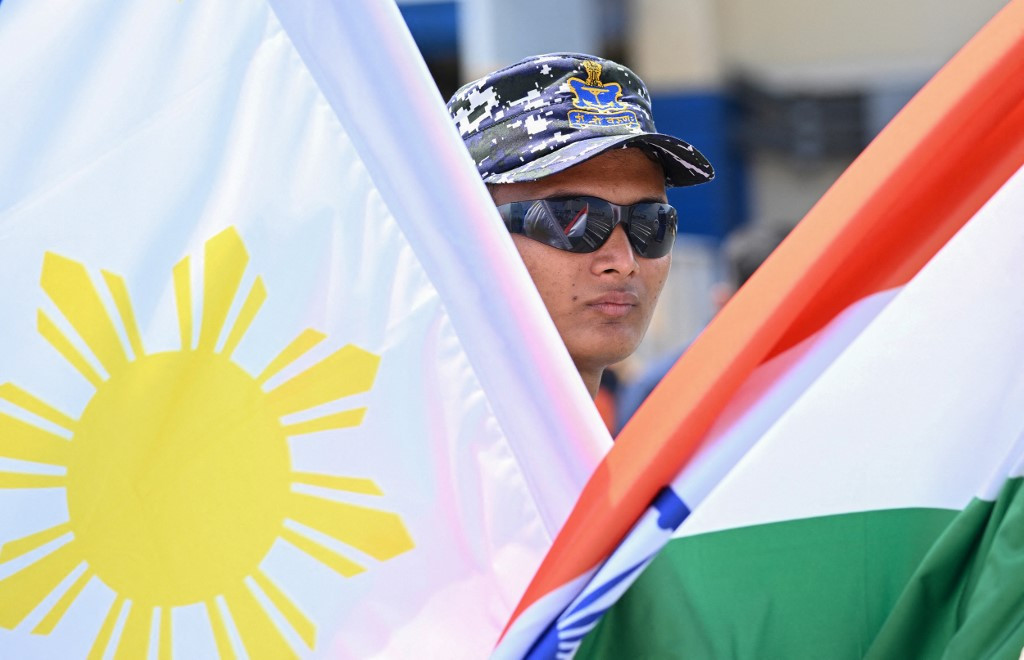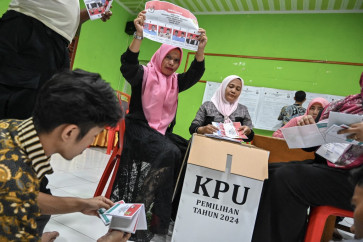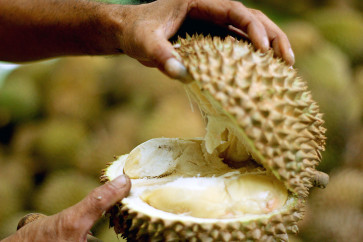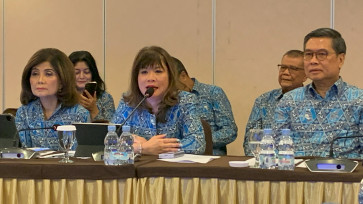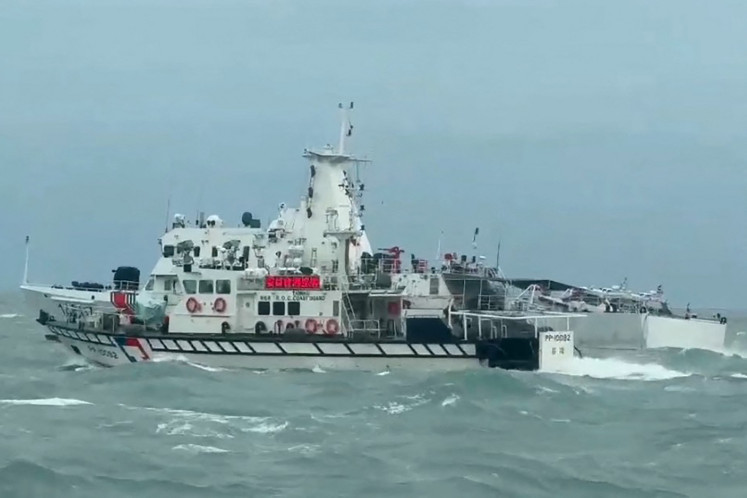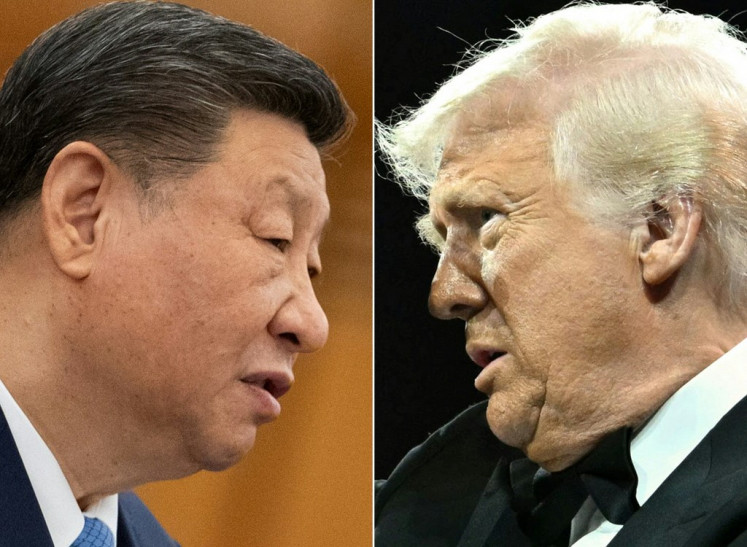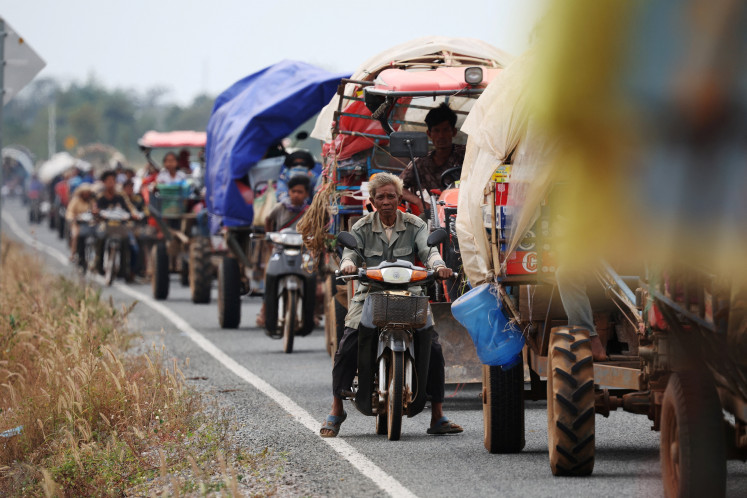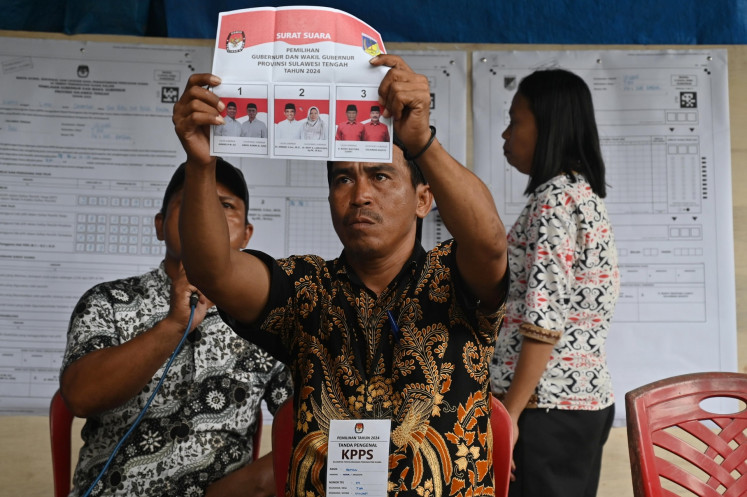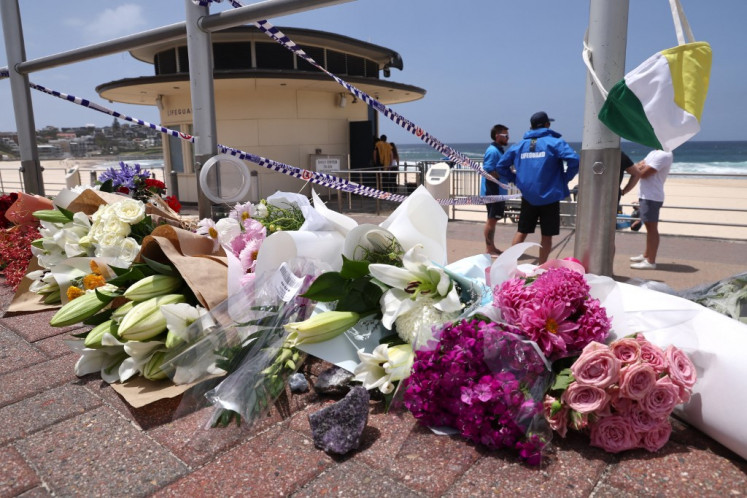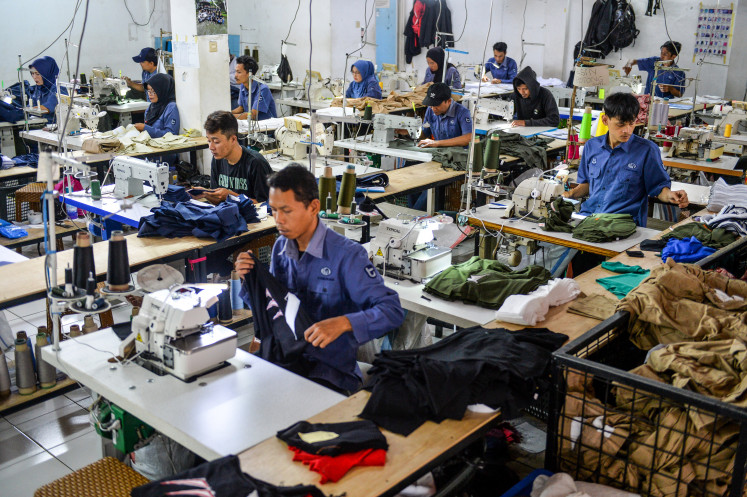Popular Reads
Top Results
Can't find what you're looking for?
View all search resultsPopular Reads
Top Results
Can't find what you're looking for?
View all search resultsPhilippine, Indian navies begin first joint South China Sea patrols
The two-day sail includes three Indian vessels and started Sunday, a day before Marcos left on a trip that will include talks with Indian Prime Minister Narendra Modi.
Change text size
Gift Premium Articles
to Anyone
I
ndian Navy warships have begun patrolling areas of the disputed South China Sea with their Philippine counterparts for the first time, Manila's military said Monday, as President Ferdinand Marcos departed for a state visit to New Delhi.
The two-day sail includes three Indian vessels and started Sunday, a day before Marcos left on a trip that will include talks with Indian Prime Minister Narendra Modi.
The Philippines has heightened defence cooperation with a range of allies over the past year after a series of clashes in the South China Sea.
Beijing claims nearly the entirety of the waterway despite an international ruling that its assertion has no legal basis.
India's naval vessels, including the guided missile destroyer INS Delhi, arrived in Manila for a port visit late last week.
The patrol "started yesterday afternoon, then it's ongoing up to this moment... the activity at the moment is replenishment at sea," Lieutenant Colonel John Paul Salgado told AFP.
While in India, Marcos is expected to sign pacts in such fields as law, culture and technology, according to Foreign Affairs Assistant Secretary Evangeline Ong Jimenez-Ducrocq, but all eyes will be on any potential defence agreements.
Before departing Monday, Marcos praised the two countries' "steadfastness in upholding international maritime law, including the UNCLOS", the UN treaty granting an exclusive economic zone within 200 nautical miles (370 kilometres) of a country's shores.
The Philippines has previously purchased BrahMos supersonic cruise missiles from India, a weapon which has a top speed of 3,450 kilometres (2,140 miles) per hour.
India, which has engaged in border clashes with China in the Himalayas, is a member of the so-called Quad, a group that includes fellow democracies the United States, Japan and Australia.
Beijing has repeatedly alleged that the four-way partnership, first conceived by late Japanese prime minister Shinzo Abe, was created as a way of containing China.

